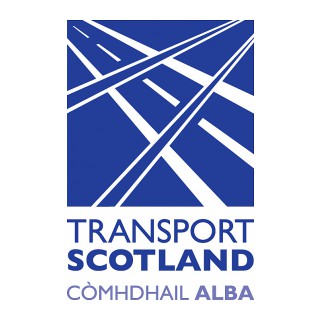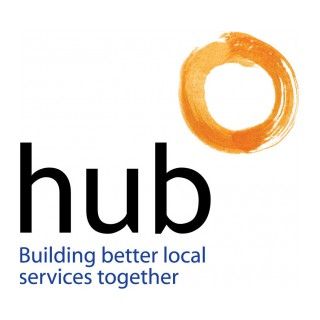The employer should not consider Building Informaiton Modelling (BIM) in isolation but ensure that an overarching digital strategy for their organisation, programme and projects is created with a focus on relational databases and use cases for application of their data. In most cases the data, especially non-graphical data such as cost will not live in the 3D BIM but will link across to other employer data bases as illustrated in the diagram from Crossrail below.
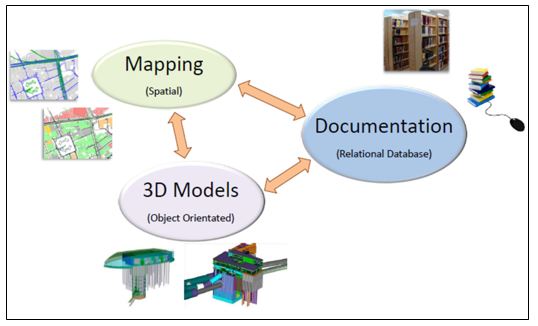
Understanding the Asset Information Model (AIM) needs, data sources and information views is a good starting point, starting with the end in mind. Recognising the data use cases from the static built assets, building maintenance systems, asset registers etc. will help define information requirements and systems architecture. An employer may already have computer based information systems for operational data however it is important that these systems follow the quality assurance and information governance standards established in the suite of BIM Level 2 standards and documents.
The employer should consider a Master Data Management approach with a focus on: Structured data - Asset definitions, Deliverable templates and Information metrics. This will require clear definition of common data standards and information management processes to support an integrated asset life-cycle. In most cases the main objective of such a strategy will be the provision of a “one source of truth” that can be easily accessed and referred to during the operational delivery or estate management.
PAS 1192:3 refers to these pieces of accurate information as Asset Information Requirements (AIR’s): Receiving information during major works project; Deciding to manage asset information according to the PAS; Evaluating performance of an asset; Planned or reactive maintenance work; Minor works (repairs, component replacements); End-of-life works (decommissioning, mothballing); Change in regulations relating to the asset; Change in organisational requirements for the asset; Change in owner, operator or maintainer.
Additionally Geospatial data (GIS) will provide detailed and accurate real-world data for the location of the site such as: topological modelling; geometric networks; hydrological modelling; cartographic modelling; map overlay; geo-statistics; address geocoding; multi-criteria decision analysis; data output and cartography; graphic display techniques; Spatial ETL and GIS data mining.
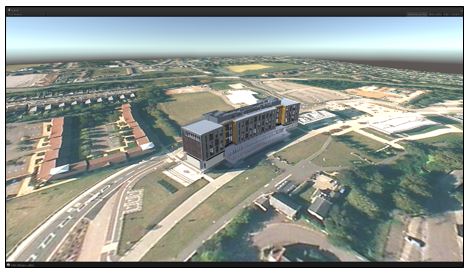
BIM and GIS (University Case Study)
Connecting BIM-GIS and AIM through relational databases amplifies the value of data where stakeholders including the employer will have a better understanding how the asset or portfolio could operate (running scenarios in a virtual / gamified environment and obtain/calculate CAPEX/OPEX), visualising about asset’s operation, location of the asset and to see project progress. So, by integrating cost data such as ERP to the above data then the employer in particular could obtain useful information about project viability, cash flow, maintenance cost etc.
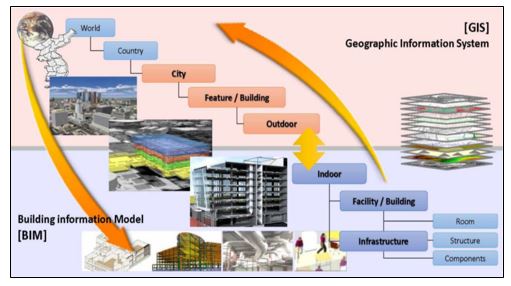
As a result employer’s overarching digital strategy should incorporate and integrate data and information of an asset, it’s location as well as design, construction and in use details. This strategy will help employer to understand and interlink their organisation, programme and projects to inform better estate level asset management.
Developing spatial data relationships will especially assist in managing the digital estate both for better asset management and to support statutory compliance with portfolio level queries. It is important however that the integration between systems be tested out-with live project environments.



